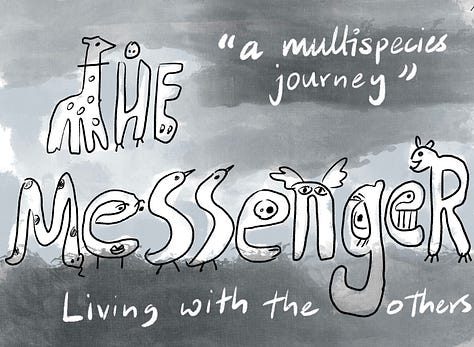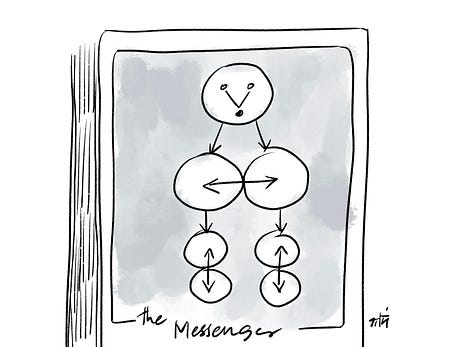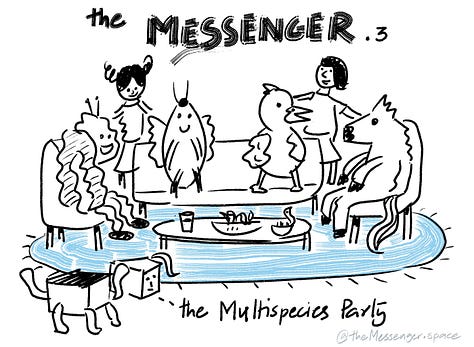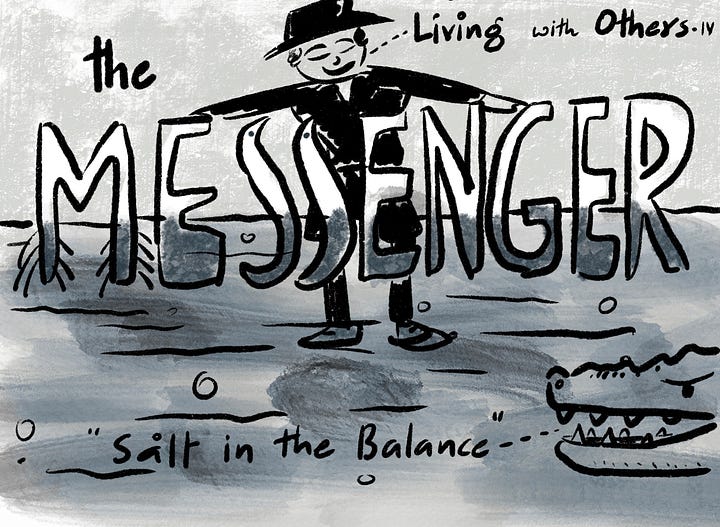The Multispecies Times

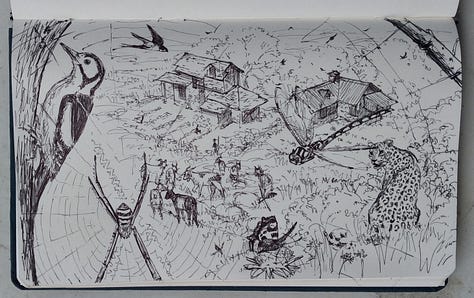
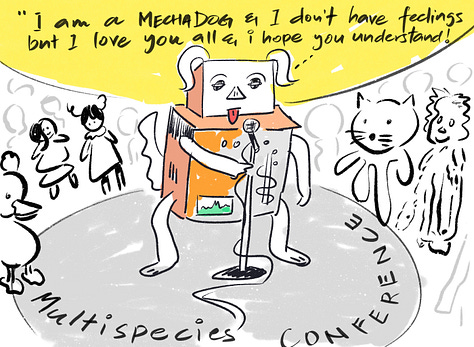
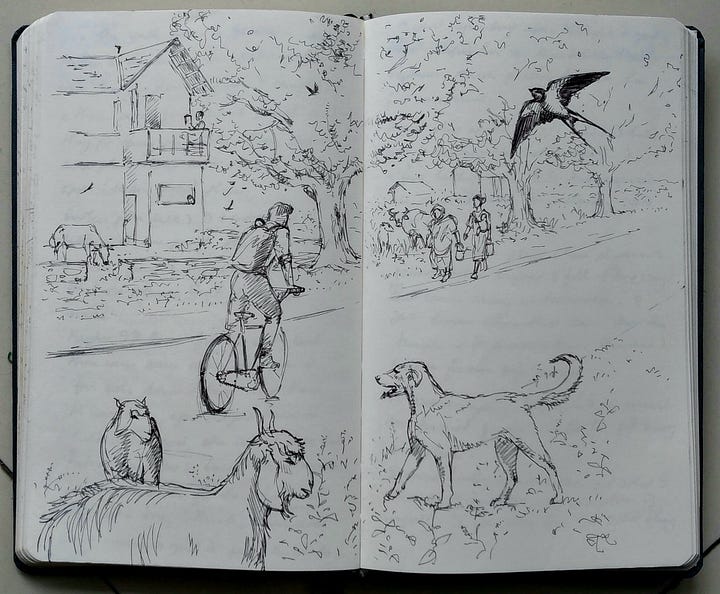
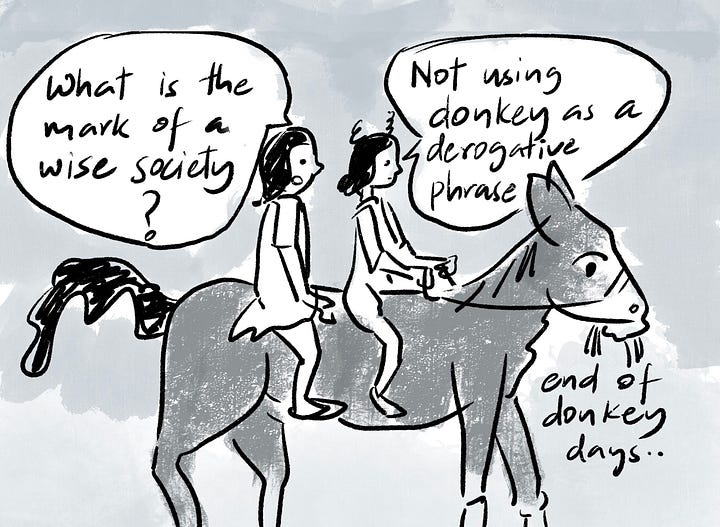
Our Multispecies Studio is free and open to the public. Click the link below to register!
In a world where human influence is deeply intertwined with the environment, the concept of 'flourishing' extends beyond human boundaries to embrace a multispecies perspective. This approach recognizes that the spaces we inhabit, whether urban or rural, are already shared with a diverse range of non-human beings. It questions the rigid divide between 'wilderness' and 'civilization,' urging us to consider how co-existence with other species can be seamlessly integrated into our everyday lives.
One poignant example of this multispecies perspective is the story of the clever monkey and the crocodile. This fable highlights the complexities of trust, betrayal, and the delicate balance between different species' needs. It reminds us that while coexistence is possible, it often requires navigating challenges and maintaining a healthy respect for each other's boundaries.

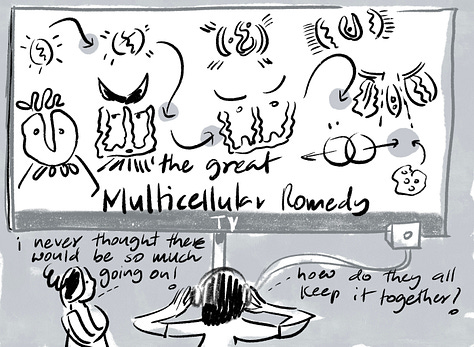


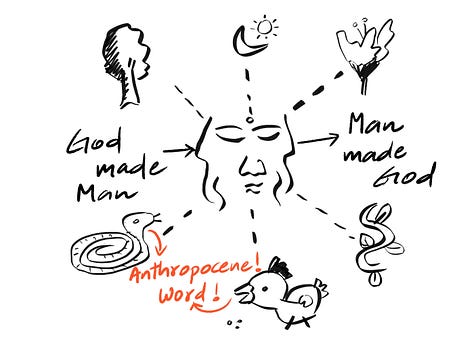



The delicate balance between human and non-human life is particularly evident in the coastal Odisha landscape. This unique ecosystem, characterized by its saltiness, has fostered remarkable adaptations in both plant and animal life. The mangrove forests, or 'luna jungle,' stand as a testament to the resilience and fragility of this environment. However, rising sea levels, coastal erosion, and mangrove degradation threaten this delicate equilibrium, compelling us to rethink our relationship with these ecosystems and the creatures that inhabit them.
We are going to take a break for a week and we will be back in two weeks with a new topic.
Human-wildlife coexistence is a pressing concern, especially in Bhitarkanika, where a growing human population and a thriving crocodile population create a complex dynamic. While conflicts inevitably arise, there is also a deep-rooted understanding among the local community that all living beings, including crocodiles, have a right to exist and thrive. The challenge lies in finding ways to ensure mutual flourishing, a task that requires collaboration between local communities, ecologists, and the forest department.
The idea of 'Shaktiville' embodies the ambition to design ecologically robust and philosophically sound community spaces that recognize and value the contributions of non-human species. It challenges the prevailing anthropocentric view of design, where the needs of other species are often overlooked. By incorporating multispecies perspectives into design processes, we can create spaces that foster harmony and promote the well-being of all living beings.


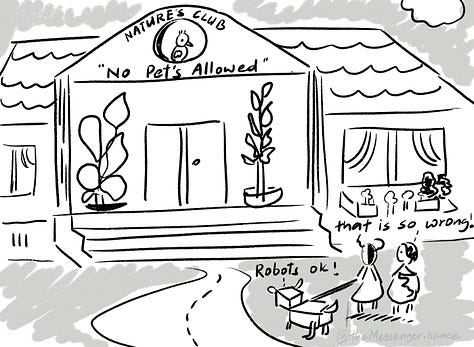
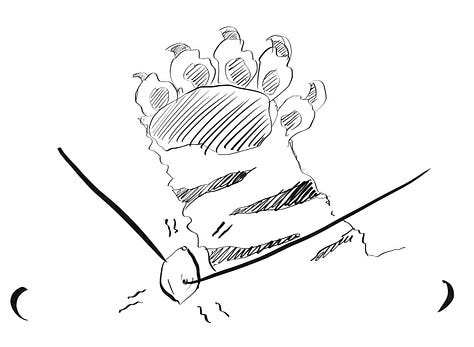
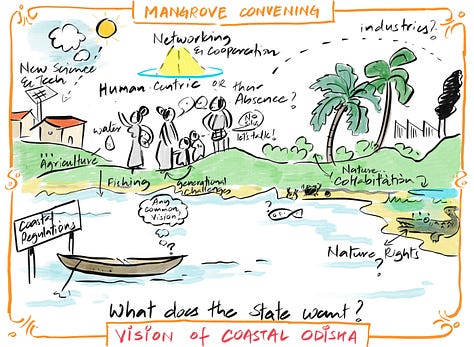

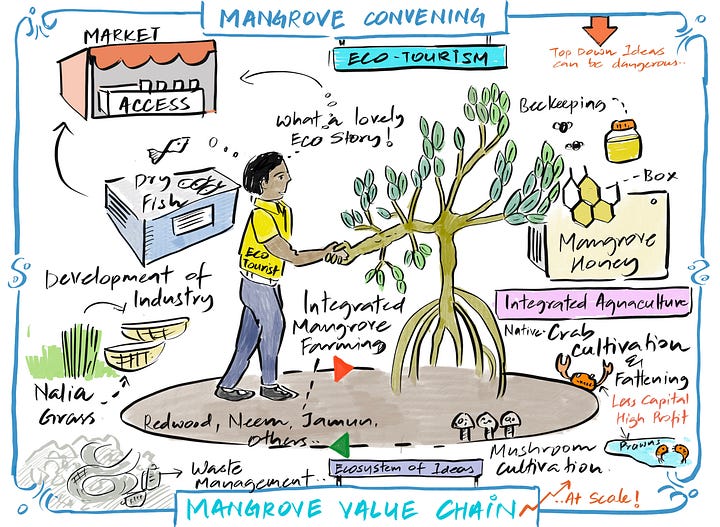
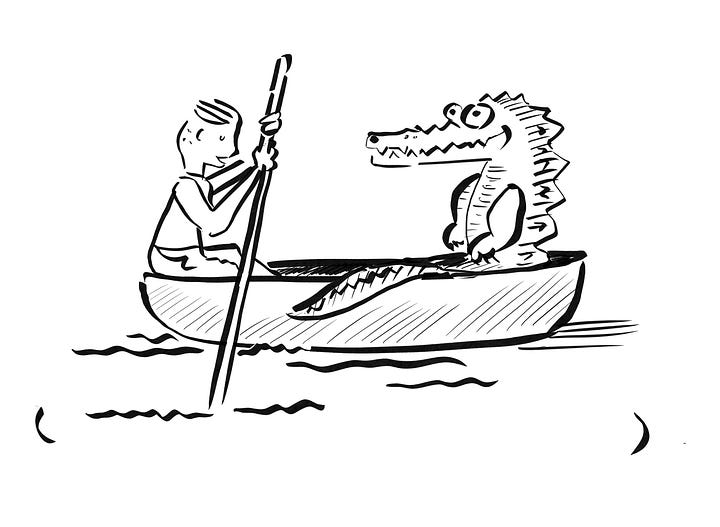
The Multispecies Studio serves as a platform for interdisciplinary collaboration, bringing together experts from diverse fields to explore the complexities of multispecies coexistence. It aims to break down disciplinary silos and foster innovative thinking about how we can create a more inclusive and sustainable future. By integrating philosophy, design, art, and technology, the studio seeks to develop a deeper understanding of our interconnectedness with the natural world and to find creative solutions to the challenges posed by the Anthropocene.
In conclusion, embracing a multispecies perspective is essential for navigating the complexities of the Anthropocene. By recognizing the interconnectedness of all living beings and incorporating their needs into our decision-making processes, we can create a more just and sustainable world for all. The journey towards multispecies flourishing is ongoing, requiring continuous learning, adaptation, and a willingness to challenge our anthropocentric biases.
We will be doing all of this and more in our Multispecies Studio, where we hope to see you in mid-September.
